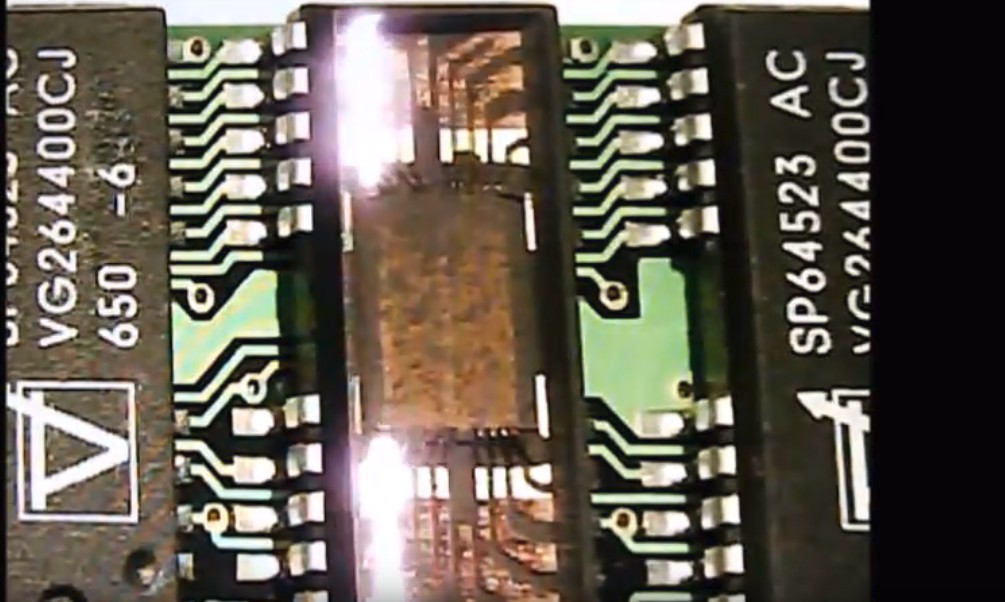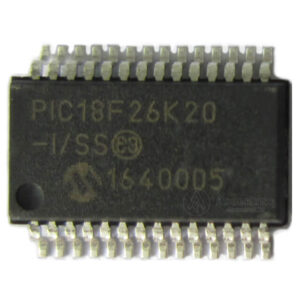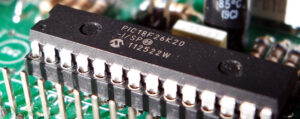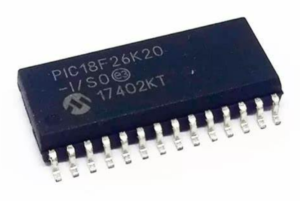 Duplicate Microchip MCU PIC18F26K20 Source Code
Duplicate Microchip MCU PIC18F26K20 Source Code
Duplicate Microchip MCU PIC18F26K20 Source Code needs to crack microcontroller pic18f26k20 flash and eeprom memory, read the embedded firmware out from microcontroller;

The Access RAM bit ‘a’ determines how the address is interpreted. When ‘a’ is ‘1’, the contents of the BSR (Section 5.3.1 “Bank Select Register (BSR)”) are used with the address to determine the complete 12-bit address of the register. When ‘a’ is ‘0’, the address is interpreted as being a register in the Access Bank. Addressing that uses the Access RAM is sometimes also known as Direct Forced Addressing mode.

o código-fonte criptografado MCU PIC18F26K20 protegido por Microchip duplicado precisa quebrar a memória flash e eeprom do microcontrolador protetor PIC18F26K20, despejar o firmware incorporado do microprocessador PIC18F26K20 com bits bloqueados como um software binário ou arquivo de dados heximal;
A few instructions, such as MOVFF, include the entire 12-bit address (either source or destination) in their opcodes. In these cases, the BSR is ignored entirely. The destination of the operation’s results is determined by the destination bit ‘d’. When ‘d’ is ‘1’, the results are stored back in the source register, overwriting its origi- nal contents.
When ‘d’ is ‘0’, the results are stored in the W register. Instructions without the ‘d’ argument have a destination that is implicit in the instruction; their destination is either the target register being operated on or the W register.

дубликат зашифрованного исходного кода MCU PIC18F26K20, защищенного микрочипом, необходимо взломать защитную флэш-память микроконтроллера PIC18F26K20 и память EEPROM, выгрузить встроенную прошивку из микропроцессора PIC18F26K20 с заблокированными битами в виде двоичного программного обеспечения или шестнадцатеричного файла данных;
Indirect addressing allows the user to access a location in data memory without giving a fixed address in the instruction. This is done by using File Select Registers (FSRs) as pointers to the locations which are to be read or written. Since the FSRs are themselves located in RAM as Special File Registers, they can also be directly manipulated under program control.

کد منبع رمزگذاری شده MCU PIC18F26K20 ایمن شده با ریزتراشه تکراری نیاز به شکستن میکروکنترلر محافظ PIC18F26K20 فلش و حافظه eeprom دارد، سیستم عامل تعبیه شده را از ریزپردازنده PIC18F26K20 با بیت های قفل شده به عنوان یک نرم افزار باینری یا فایل داده هگزیمال خارج می کند.
This makes FSRs very useful in implementing data structures, such as tables and arrays in data memory. The registers for indirect addressing are also implemented with Indirect File Operands (INDFs) that permit automatic manipulation of the pointer value with auto-incrementing, auto-decrementing or offsetting with another value to increase the success rate of pic18f13k22 microchip microcontroller attacking. This allows for efficient code, using loops, such as the example of clearing an entire RAM bank